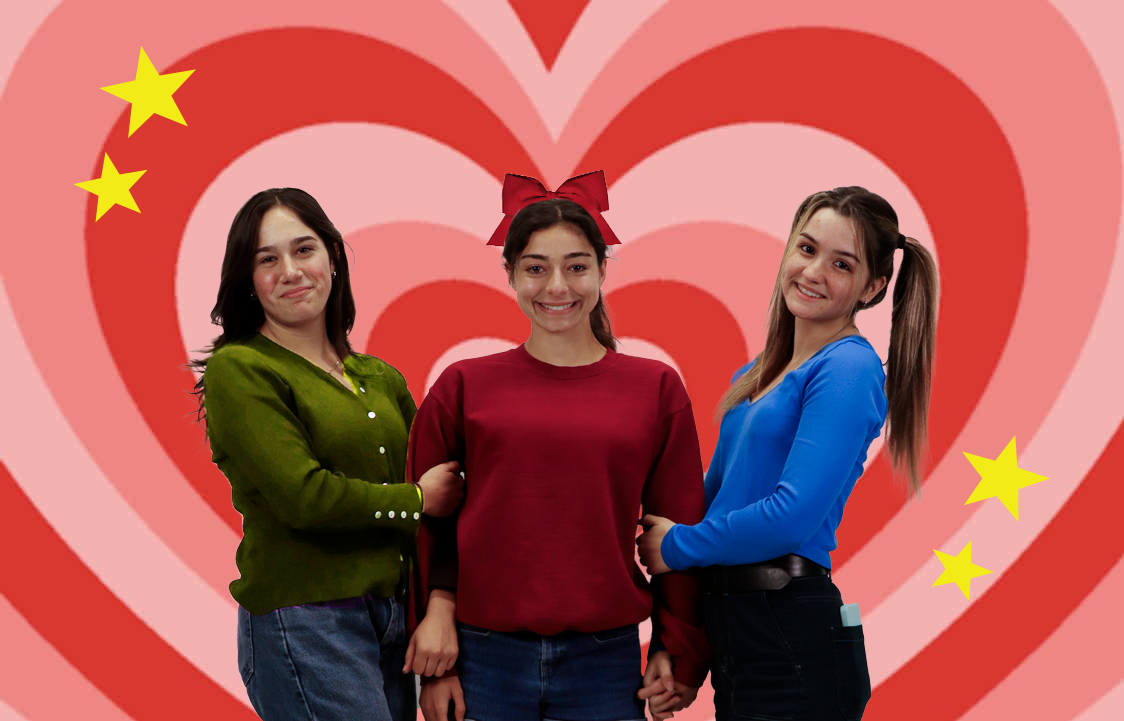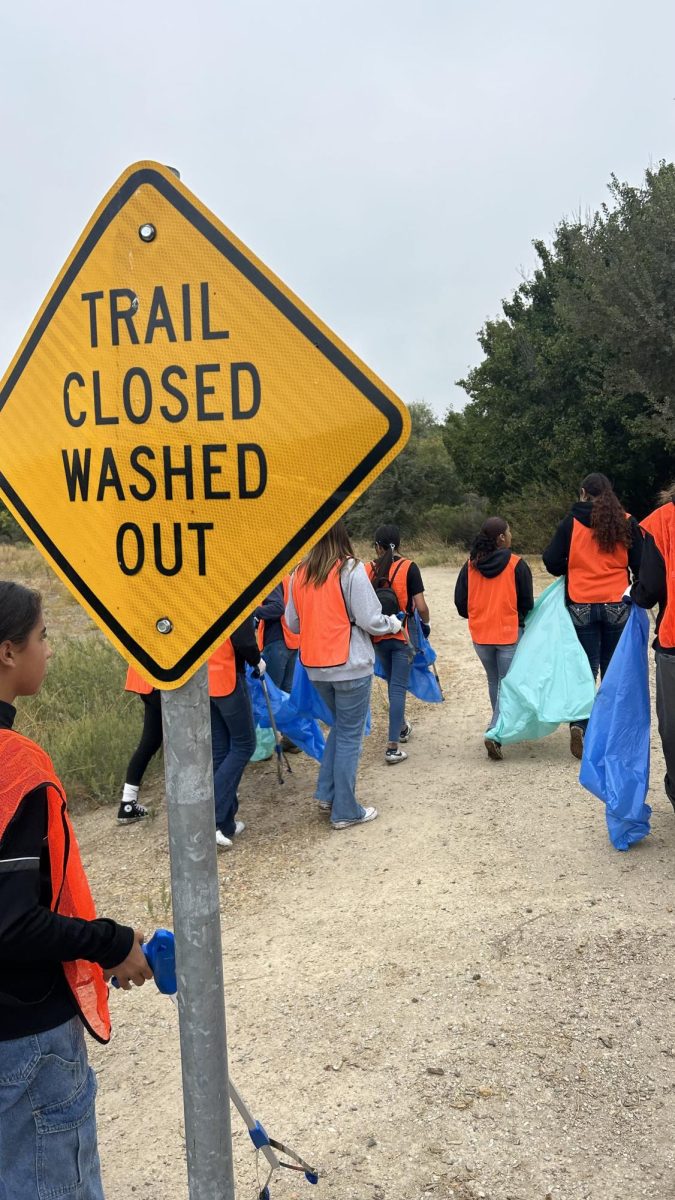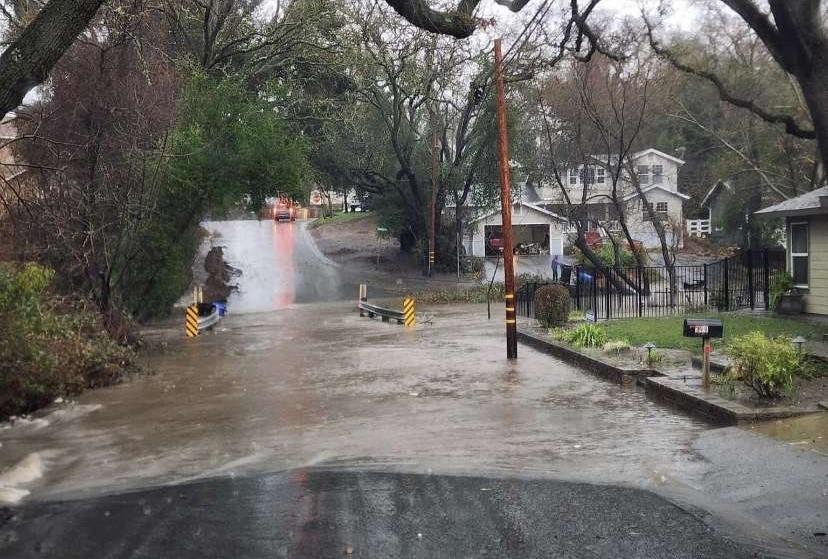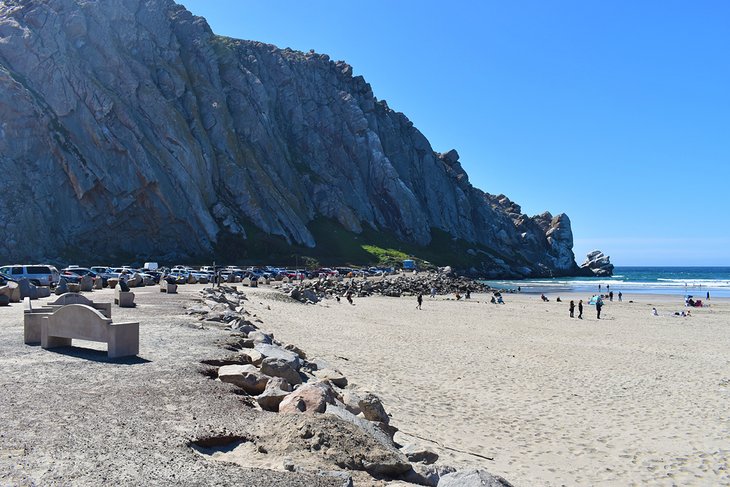Causes
Climate change is the greatest environmental concern the world has ever seen. But what is powering this juggernaut? With the help of retired astrophysicist Ray Weymann, we try to provide simple answers to some of the big questions of climate change.
Why is it happening?
The main source of climate change is excess carbon dioxide being released into the atmosphere. Carbon dioxide is one of the two products released by the burning of hydrocarbons, which includes everything from propane to coal and oil. The earth’s atmosphere is filled with greenhouse gases, which allow it to maintain warm temperatures even when the sun is not currently heating it. However, excess greenhouse gases, predominantly carbon dioxide, keep heat too well, resulting in global heating.
Carbon emissions have various sources, but the most predominant is the burning of fossil fuels, most importantly coal and oil. “Generating electricity through the burning of fossil fuels, in particular carbon-heavy coal, has a greater impact on the atmosphere than any other single human activity,” and it accounts for 37 percent of the world’s carbon emissions, according to the World Wildlife Fund.
This seems impossibly large at first, but when put into perspective it makes sense. The amount of energy required to keep a 100 watt light bulb running for an entire year equates to 840 kilograms of CO2 being released into the atmosphere . Multiply that by the billions of light bulbs being used every day, and it’s easy to see why the power industry can result in such a great part of carbon emissions.
Another source of carbon emissions comes from the destruction of tropical forests in Brazil and Indonesia. “The second most important factor of climate change is changes in the land surface caused by humans, especially [in] tropical forests,” Weymann said. Forests naturally absorb CO2 during photosynthesis, so when forests are destroyed, less CO2 is filtered out of the atmosphere. In addition, forests are cleared by fire, resulting in even more CO2 emissions.
Isn’t climate change just a natural cycle?
The idea that natural cycles are the cause of climate change is a misconception, according to Weymann.“The natural cycles referred to (like the ice ages) take place over tens of thousands of years. The biggest changes that humans are causing…have taken place in just the last 50 years or so, far too quickly for any of the natural cycles to have any effect significant effect,” Weymann said.
The notion that the heavy snowfall and cold temperatures in the Eastern U.S. disprove the reality of climate change is a misconception. “This statement [that cold temperatures disprove climate change] confuses short term weather with changes in global climate,” Weymann said.
Effects
In case you didn’t know, climate change is real, and it’s making an impact. All over the world ecosystems are being completely destroyed and attempting to readapt to their ‘new’ climate. Species everywhere are in decline, slowly becoming extinct with every blip of the thermometer, every dehydrated crack in the earth where there once was water. Except the problem is it’s not ‘new’ at all. Climate change has been a hot topic for years, and hardly anything has been done to address it, unfortunately it isn’t going away. Now let’s break it down so you really get the picture.
Natural disasters are at their peak
The intensity and frequency of storms around the world have drastically increased, relatively ordinary events like earthquakes and hurricanes are now being classified as natural disasters that reap heavy losses in human life and developed land.
Global temperature rise
Greenhouse gases are trapping more heat in the Earth’s atmosphere, which is causing average temperatures to rise all over the world, and 2015 was ranked as the warmest year recorded according to NASA’s Goddard Institute for Space Studies (GISS).
Ecosystems
Climate change can alter where species live and how they interact, which could fundamentally transform current ecosystems. The impact on one species can ripple through the food chain and affect multiple organisms in an ecosystem. The projected warming of the globe could greatly increase the rate of species extinctions, which is already becoming evident with Manatees, Rhinoceros’s, Sharks, and Polar Bears.
Droughts and heatwaves
Global warming is bringing more frequent and severe heat waves, along with and due to temperature rise, more moisture evaporates from land and water, leaving less water behind.
Ice-free Arctic
The Arctic Ocean is expected to become essentially ice free in summer before mid-century. Average temperatures in the Arctic region are rising twice as fast as they are everywhere else in the world. Ice in the Arctic is getting thinner, melting and rupturing, which also contributes to sea level rise and the extinction of Polar Bears.
Sea level rise
Hundreds of millions of people around the world live in low–lying areas near the coast that could be flooded as the sea level rises. Rising sea level will also erode beaches and damage many coastal wetlands.This will affect coastal areas and entire states such as Florida, Washington, California, Delaware, and New Jersey.








